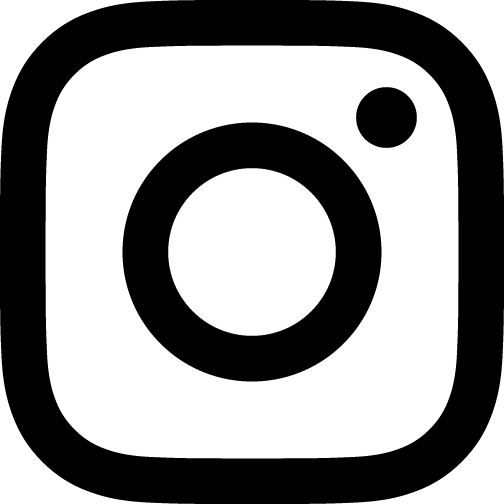Üm - work in progress
Die Dokumentation Üm - work in progress ist nachzuverfolgen auf Instagram
# vogel_burgklempenow
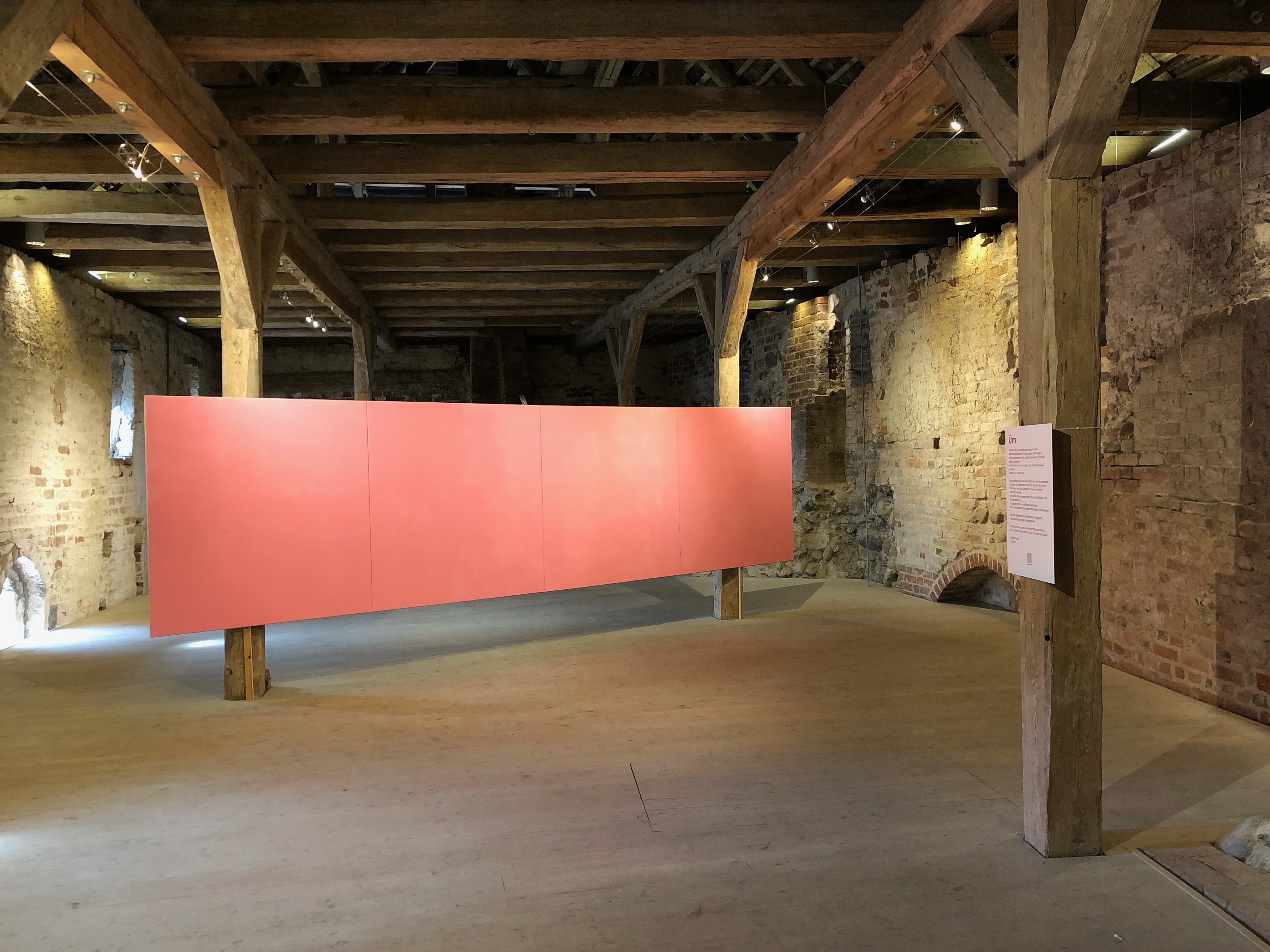
Üm Zustand 31. August 2021 Burg Klempenow
Streichergebnisse Vier Fragmente zu Matten Vogels Ausstellung „Üm“
I. Fast schon selbstlos bietet der Berliner Künstler Matten Vogel den Besuchern seiner Ausstellung „Üm“ in der Burg Klempenow nichts weniger als eine 6 Meter lange und 1,45 Meter hohe Leinwand an, genauer: eine rosa bestrichene Leinwand, die der Besucher dann mit dicken Markern künstlerisch bearbeiten darf. (Textliche) Kommentare, Zeichnungen oder abstrakte Markierungen – die Besucher selbst entscheiden wie ihre künstlerische Mitarbeit sich hier gestaltet. „Selbstlos“ ist die künstlerisch-konzeptionelle Setzung Vogels bei diesem Bildprojekt „Üm“, 2021, weil er ganz bewusst darauf verzichtet, so etwas wie ein „ureigenes“ Werk mit „eigener“ Handschrift und filigraner Komposition im Ausstellungsraum zu präsentieren. Stattdessen gibt er die Autorenschaft bei diesem „offenen Kunstwerk“ (Umberto Eco) – dazu im III. Fragment mehr – gezielt ein Stück weit ab und dreht so den Spieß gleichsam um: Der Betrachter, der ja eigentlich als lediglich visuell konsumierendes Gegenüber im Kunstbetrieb gedacht ist, wird mit seinen Markierungen auf der Leinwand zu einem aktiven Produzenten des Werkes, dem Künstler dagegen bleibt dann scheinbar kaum mehr, als das Resultat dieses Rollenwechsels zu begutachten, um noch kleinere „Korrekturen“ vornehmen zu können. Einen Eingriff, und dieser ist nicht gerade ein unbedeutender, aber erlaubt sich Matten Vogel dann doch: Alle zwei Tage übermalt er oder ein Galeriemitarbeiter mit einer von ihm selbst angemischten Farbe die ästhetischen Markierungen der Besucher; die so ganz konkret weggestrichen werden, was dann den neu kommenden Besuchern erlaubt, mit dem Malprozess wieder von vorne zu beginnen, ohne durch bereits vorhandene Formulierungen anderer Besucher gestört zu werden. Gleichzeitig betont der Zweitage-Rhythmus den zeit-basierten, prozessualen Charakter des Unternehmens, das erst mit dem Ende der Ausstellung seinen Abschluss findet. Vor dem wegstreichenden Übermalen wird die Leinwand übrigens fotografiert, um das Bild gleich nach seinem Wegstreichen auf dem extra dafür vom Künstler eingerichteten Instagram-Account „vogel_ burgklempenow“ veröffentlichen zu können.
II. Obwohl hier auf Leinwand gearbeitet wird, steht das Bildprojekt „Üm“ (= Übermalen) in gewisser Hinsicht dem Graffiti näher als der Malerei. Denn bei „Üm“ wird, wie bei vielen Graffiti auch, mit Markern gearbeitet, zudem bleiben die erstellten Markierungen meist anonym und sie werden, wie Graffiti oft auch, nach einer Zeit monochrom von jemand anderem übermalt. Last but not least werden die von den Besuchern erstellten und später übermalten Markierungen auf Instagram präsentiert, also nicht in einer Galerie oder einem Museum, sondern in einem sogenannten „sozialen Medium“. Kein Pinsel also tritt hier in Aktion, keine durch eine Signatur ausgewiesene individuelle Handschrift ereignet sich und auch die Ewigkeit, nach der malerische Meisterwerke sonst zu verlangen gewöhnt sind, ist bei „Üm“ endlich von der Tagesordnung gestrichen. So gelingt Matten Vogel wenigstens im Kontext seiner Ausstellung die vermeintliche Königsdisziplin Malerei vom Thron zu stürzen und stattdessen eine im besten Sinne „alltäglich-bescheidene“ Malereiproduktion an die Stelle des monarchischen Prinzips zu setzen. In diesem Sinne schrieb dann auch schon Jean Baudrillard 1975 in seinem bahnbrechenden Aufsatz „Kool Killer“ über Graffiti und seine (anonymen) Einschreibungen: „Vor allem wurden zum ersten Mal die Medien in ihrer Form selbst attackiert, also in ihrer Produktions- und Verteilungsweise“. Vergleichbares gilt für Matten Vogels „Üm“: Das Medium Malerei und dessen Gestaltungs-, wie auch dessen Präsentationsmodus zu attackieren – genau dieses steht da auf dem künstlerischen Masterplan.
III. In seinem Buch das „Offene Kunstwerk“, 1962/67, beschrieb der italienische Philosoph Umberto Eco ästhetische Strategien, die darauf abzielten, Kunstwerke so zu gestalten, dass sie dem interpretierenden Betrachter die Möglichkeit der Partizipation eröffnen, so dass diese Werke letztlich erst durch dessen Mitarbeit in mehr oder weniger endgültige Form gebracht werden. Umberto Eco schreibt dann: „Der Künstler, so kann man sagen, bietet dem Interpretierenden ein zu vollendendes Werk: er weiß nicht genau, auf welche Weise das Werk zu Ende geführt werden kann, aber er weiß, dass das zu Ende geführte Werk immer noch sein Werk sein wird, nicht ein anderes sein wird, und dass am Ende des interpretierenden Dialogs eine Form sich konkretisiert haben wird, die seine Form ist … denn die Möglichkeiten, die er dargeboten hatte waren schon rational (vom Künstler – R.St.) organisiert“. Matten Vogels Bildprojekt „Üm“ ist ganz offensichtlich ein solches offenes Kunstwerk, das dem Betrachter die Möglichkeit gibt, die vom Künstler dargebotenen Optionen - Leinwand, Marker, Aufruf zur Gestaltung - einzusetzten, um ein Bild zu schaffen, dessen Form Matten Vogel durch die von ihm rational gesetzten Rahmenbedingungen subtil mitbestimmt hat und dessen endgültige Form Matten Vogel zudem durch, wie bereits erwähnt, leichte Korrekturen beeinflusst. Die Freiheit, die der Künstler dem Koproduzenten seiner Arbeit gibt, ist also eine, die sich im kreativen Zusammenspiel mit ihm entwickelt.
IV. Als „Vorbild“, wenn man so will, für „Üm“ können Matten Vogels „Kratzer“-Bilder, seit März 2021, angesehen werden. Mit an den Fingern angebrachten Stiften bearbeitet der Künstler die Leinwand mit spontan-wütenden Gesten. Diese schnell und direkt ausgeführten Notate erscheinen dann in Form von abstrakt-impulsiven Strichen - oder Narben? - , auf der Leinwand. Im zweiten Arbeitsgang wird die Leinwand vom Künstler flächendeckend bemalt, und zwar so, dass nur noch diese Striche sichtbar bleiben. Die Bilder dieser von ihm selbst als „Risikomalerei“ bezeichneten Werkgruppe werden, wie seine Datumsbilder auch, mit dem jeweiligen Entstehungsdatum versehen und sind so etwas wie das Tagesprotokoll der nicht zuletzt von der Corona-Pandemie hervorgerufenen inneren Wut des Künstlers. Die „Kratzer“-Bilder sind wie „Üm“ unter anderem dadurch charakterisiert, dass sie im zeit-basierten Wechselspiel von Anwesenheit und Übermalen ihre Kraft generieren. Beide künstlerischen Ansätze zeichnen sich außerdem durch ihren Mut zum Risiko und die Bereitschaft zum produktiven Scheitern aus. Gut so!
Raimar Stange
The Great Cover-Up Four fragments on Matten Vogel's exhibition "Üm"
I. Almost selflessly, the Berlin artist Matten Vogel offers visitors in Klempenow Castle nothing less than a 6-meter-long and 1.45-meter-high canvas in his exhibition "Üm", or more precisely: a canvas painted pink, which the visitor is then allowed to artistically adorn with thick Magic Markers. (Written) Comments, drawings or abstract markings – the visitors themselves decide how their artistic collaboration takes form. Vogel's artistic-conceptual setting in this pictorial project "Üm", 2021, is "selfless" because he deliberately refrains from presenting something as an "original" work with a "unique" signature and a delicate composition in an exhibition space. Instead, he deliberately gives up the authorship of this "open work” of art (Umberto Eco) – more on this in the third fragment – and in doing so turns the tables, as it were: The viewer, who’s role in the art world essentially only is to be a visually consuming counterpart, becomes an active producer of the work through his marks on the canvas, the artist on the other hand seems reduced to examining the result of this role change, with the option of completing a few smaller "corrections". But there is one intervention, and this is not exactly an insignificant one, that Matten Vogel finally does allow himself: Every two days he or a gallery employee uses a color mixed by him to paint over the aesthetic markings of the visitors, literally covering them up in this manner, to allow new visitors to start the painting process anew without being distracted by other visitors’ prior testimonies. At the same time, the two-day rhythm emphasizes the time-based, processual character of the enterprise, which only comes to an end at the end of the exhibition. By the way, the canvas is photographed before overpainting, with the aim of publishing the picture immediately after it is covered up on Instagram at "vogel_ burgklempenow", an account set up by the artist specifically for this purpose.
II. Even though this is a work on canvas, in a way the pictorial project "Üm" (= Übermalen [overpainting]) is closer to graffiti than painting. Because with "Üm", as with many graffiti, permanent markers are used, what’s more, the created markings usually remain anonymous and after a while they are painted over monochromatically by someone else, like graffiti often is. Last but not least, the markings created by the visitors, to be covered up later, are presented on Instagram, i.e., not in a gallery or a museum, but by means of a so-called "social medium". So no brush is put to canvas here, no individual handwriting identified by a signature comes to pass and in "Üm" the eternity that painterly masterpieces tend to claim is finally taken from the agenda. This is how Matten Vogel succeeds, at least in the context of his exhibition, in dethroning the supposedly supreme discipline of painting and replacing it with "modestly workaday" painting production in the best sense of the word, in place of the monarchic principle. In this vein, Jean Baudrillard wrote in "Kool Killer", his groundbreaking 1975 essay about graffiti and its (anonymous) inscriptions: " Above all, however, the very form of the media themselves, that is, their mode of production and distribution, was attacked for the first time." The same applies to Matten Vogel's "Üm": attacking the medium of painting as well as its mode of design and presentation – that’s exactly what is on the artistic master plan here.
III. In his book the "The Open Work", 1962/67, the Italian philosopher Umberto Eco described aesthetic strategies that aim to design works of art in such a way that they open up the possibility of participation for the interpreting viewers, so that these works are ultimately only brought into more or less final form through their collaboration. Umberto Eco writes: " In other words, the author offers the interpreter, the performer, the addressee a work to be completed. He does not know the exact fashion in which his work will be concluded, but he is aware that once completed the work in question will still be his own. It will not be a different work, and, at the end of the interpretative dialogue, a form which is his form will have been organized (...) of possibilities which had already been rationally organized (by the artist – R.St.)". Matten Vogel's pictorial project "Üm" is obviously such an open work of art that gives the viewer the opportunity to use the options presented by the artist – canvas, marker, call to design – to create an image whose form Matten Vogel has rationally determined through the framework conditions he subtly set. And whose final shape Matten Vogel also influences with, as mentioned earlier, small corrections. The freedom that the artist gives the co-producers of his work is therefore one that develops in creative interaction with them.
IV. Matten Vogel's „Kratzer“ [scratch] pictures, since March 2021, are something of a "role model" for "Üm", if you will. With pens attached to his fingers, the artist strikes at the canvas with spontaneous angry gestures. These quickly and directly executed notations then appear in the form of abstract-impulsive strokes – or scars? – on the canvas. In a second step, the canvas is then covered in paint by the artist, in such a manner that only these strokes remain visible. The images of this group of works, which he calls "risk painting", are tagged with their date of origin, like his Date paintings, and are something like a daily record of the inner anger of the artist, caused not least by the corona pandemic. Like "Üm", the "Kratzer" images are also characterized by the fact that they generate their power in the time-based interplay of attendance and overpainting. The two artistic approaches stand out for their courage to take risks and the willingness to fail productively. Kudos!
Raimar Stange
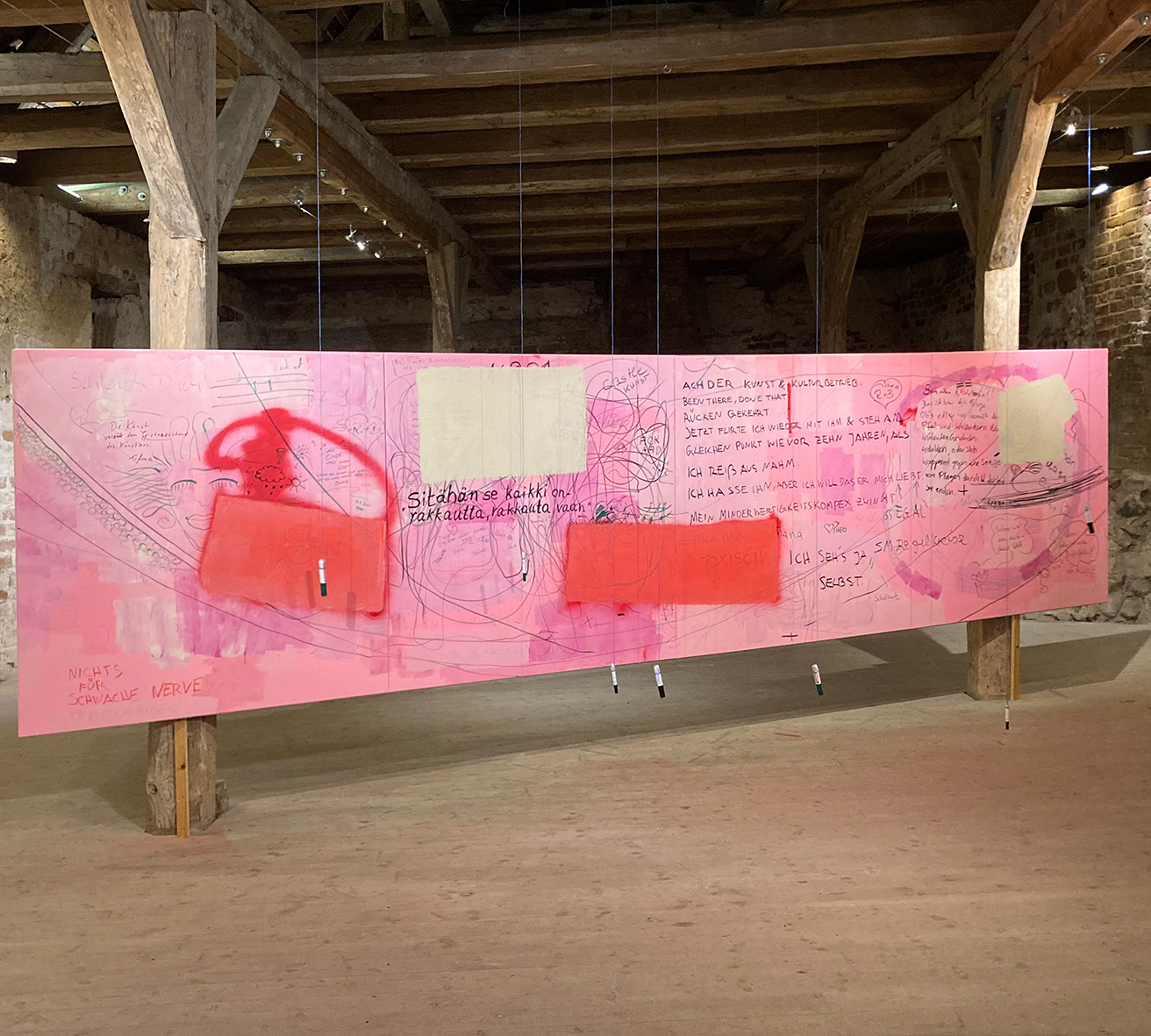
Üm Zustand 22. September 2021 Burg Klempenow
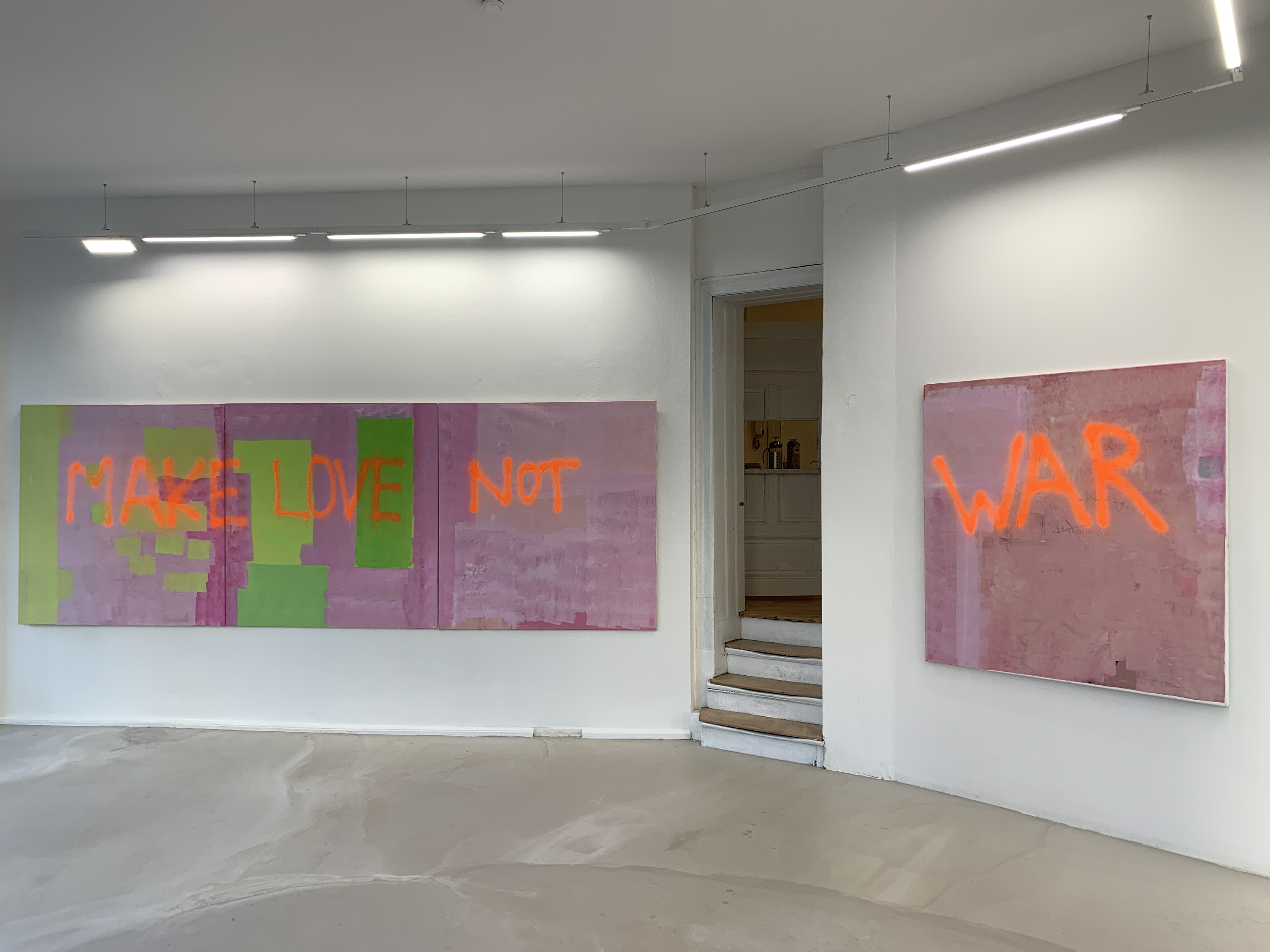
Üm Zustand 8. März 2022 Gruppenausstellung RAUS!, Galerie Irrgang Leipzig
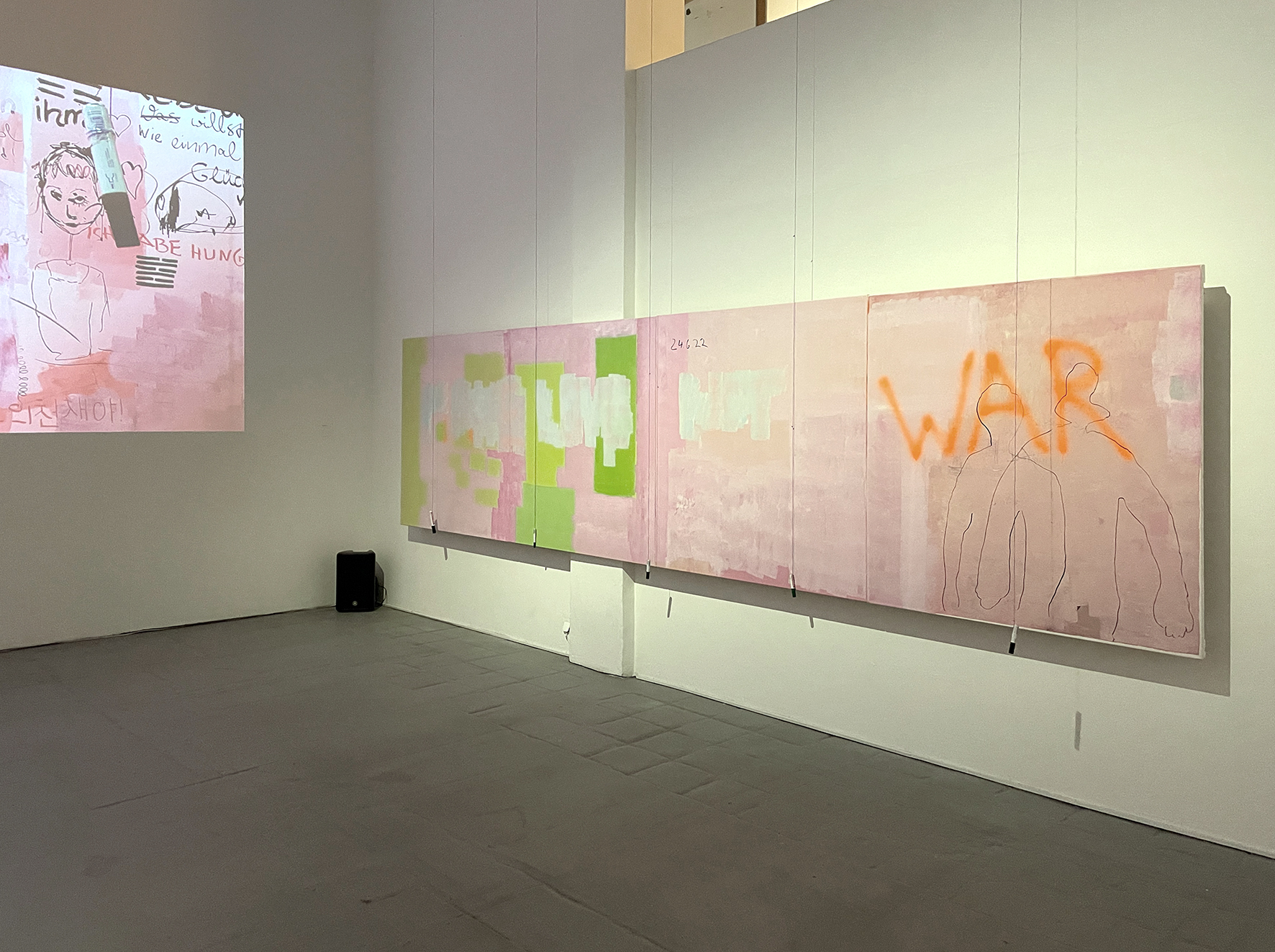
Üm Zustand 24. Juni 2022 Dokumentation Üm, MEINBLAU Berlin
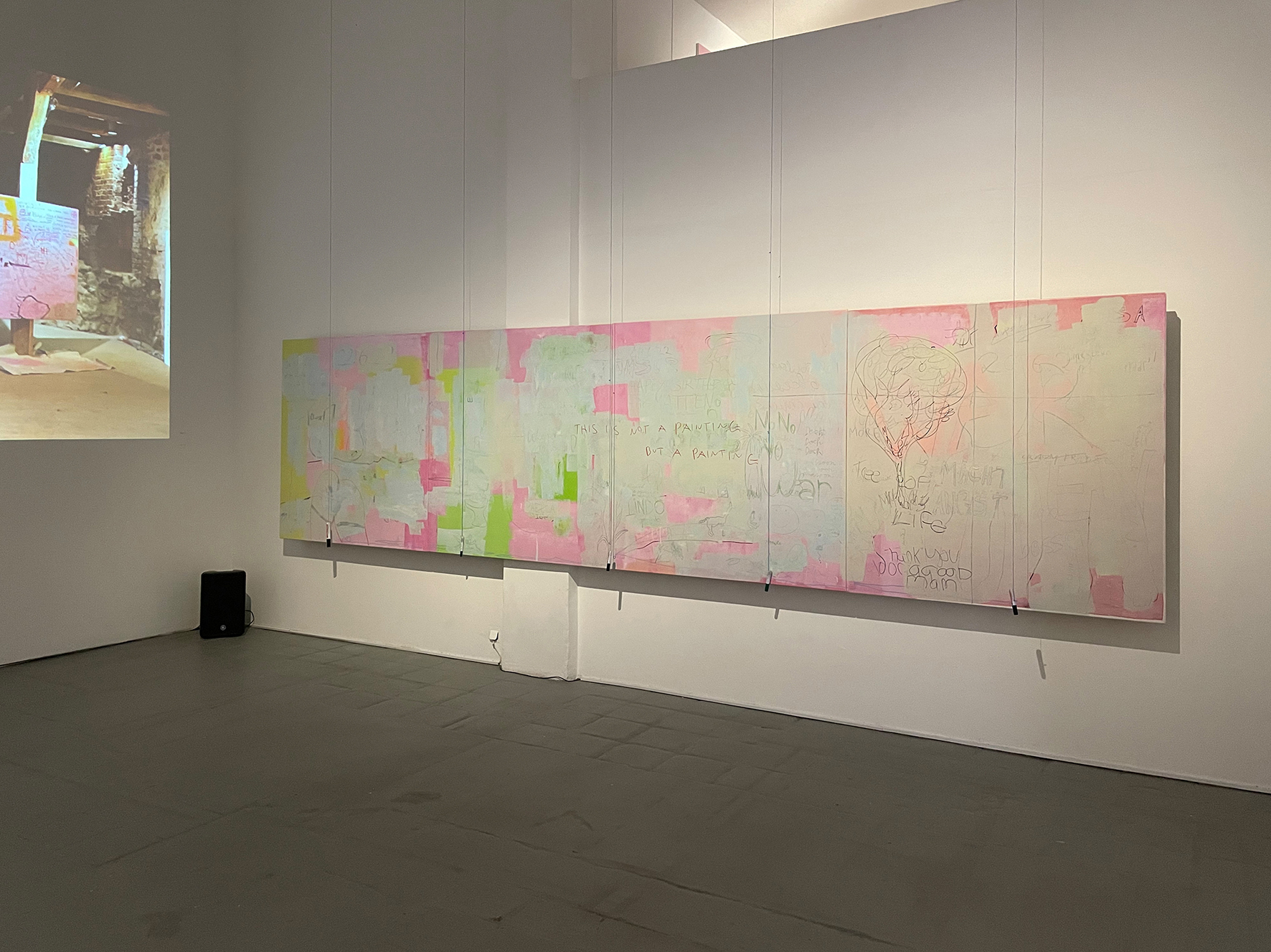
Üm Zustand 25. Juni 2022 Dokumentation Üm, MEINBLAU Berlin
